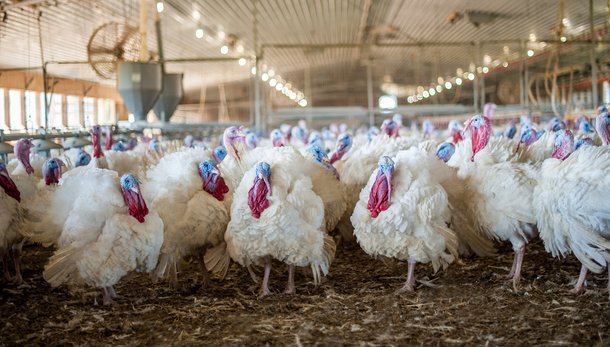In order to support the global food challenge with high-quality animal genetics, it’s important to understand the interaction between animals and how we can influence positive social behavior. With the overall goal of producing global animal protein through superior performance and productivity, Hendrix Genetics recognizes that animals who are happy, can produce more with fewer resources. By taking an overall look at animal social behavior and interaction we can identify problems quickly and find solutions to easily rectify the behavior.
Animal interaction
Animal interaction is simply explained as the behavior experienced when they interact and the emotions they may be feeling at that time. There are many categories of animal interaction but the one most common within animal production is called competitive interaction. Resources such as food, water, and habitat often provoke negative behavior when animals become territorial and show aggression. Animals may behave aggressively towards members of the herd or flock who do not look the same or to those from another family and limit them from accessing key resources causing conflict among the group.
Natural behavior and the perfect fit
Having friendly animals is key for successful placement as well contributing towards positive social behavior and interaction, but we know that the right environment is also needed to achieve the greatest success. By ensuring all of our animals have the proper housing systems and conditions they can thrive in, they have the best potential to display their natural behavior, which allows us to effectively study their interactions.
Breeding for the elimination of animal treatments
For many years, animal treatments have been used in the industry to help curb negative behavior, making the environment safer for all involved. Treatments like break trimming for poultry or tail docking in swine have been used so that the animals cannot inflict harm on one another, causing injury or even death. These common treatments have been relied on by farmers to help keep their stock healthy and profitable.
Looking at the bigger picture to find a sustainable solution, we understand the use of these treatments, but we see the opportunity to do better. Breeding social animals with improved behaviors is part of the solution. By supplying animals who are well behaved in group settings, we can forgo these types of animal treatments in the future.
What actions are we currently taking to breed social animals?








